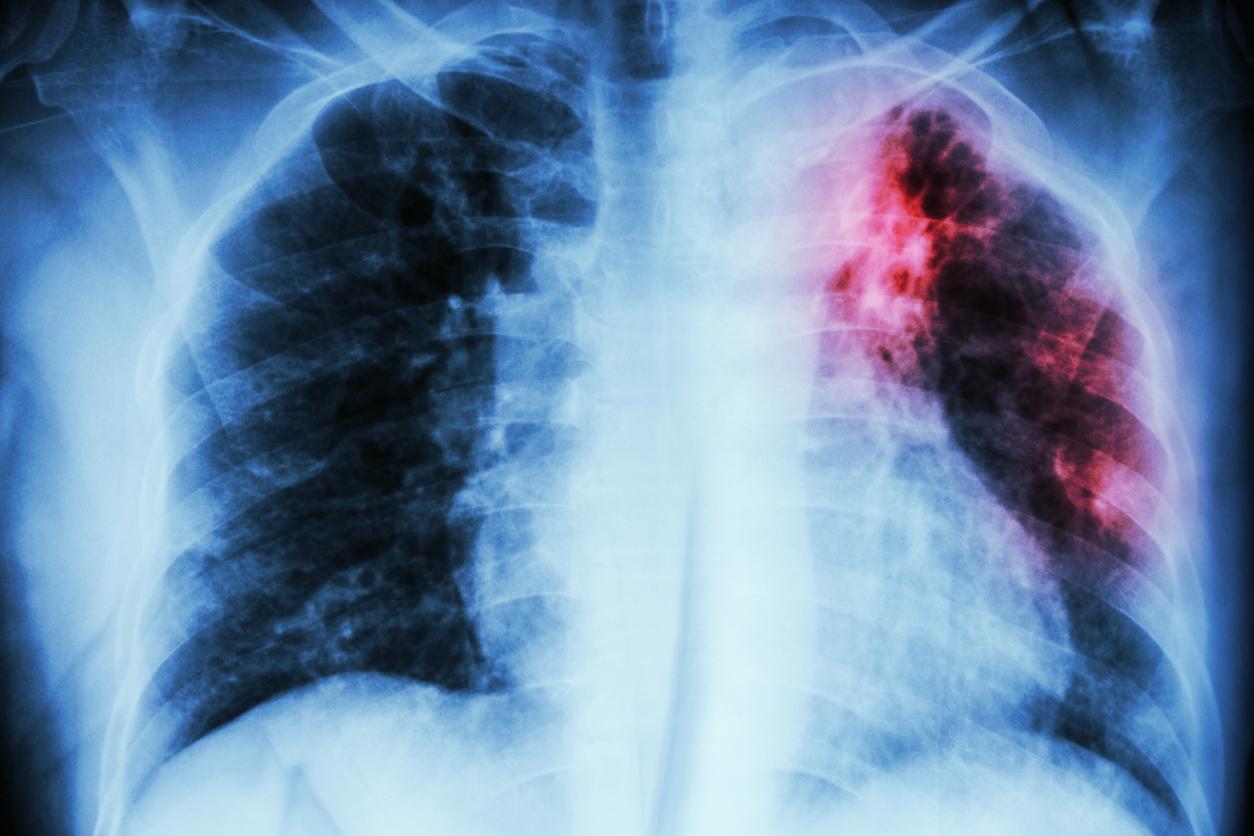For the “first time in many years”, tuberculosis – the second deadliest infectious disease after Covid-19, whose bacteria affect the lungs – is back, to the point that it worries the World Health Organization. In his Annual Report published this Thursday, October 27, the organization reports 1.6 million deaths in 2021, an increase of 14% compared to 2019.
The Covid-19 pandemic has had an impact on this increase, with confinements and the implementation of health measures having limited access to screening and care. The number of cases worldwide is also on the rise, with 10.6 million people fell ill in 2021an increase of 4.5% in one year.
WHO 2022 Global TB report
For the first time in many years, an increase has been reported in the number of people falling ill with #tuberculosis (TB) and drug-resistant TB.
https://t.co/AvVFJ6j1E5pic.twitter.com/dPywHXZ6ND
— World Health Organization (WHO) (@WHO) October 27, 2022
As early as last year, however, the WHO warned of an increase to come: 4.1 million people suffered from tuberculosis in 2020 without having been officially declared, compared to 2.9 million in 2019. “This is alarming news that should serve as a global wake-up call on the urgent need for investment and innovation to close the gaps in diagnosis, treatment and care for the millions of people affected by this disease“, then alerted Dr Tedros Adhanom Ghebreyesus, Director General of the WHO.
Drug resistance that alerts
The incidence rate of tuberculosis (new cases per 100,000 inhabitants per year) is also increasing by 3.6% between 2020 and 2021, whereas it had fallen by around 2% per year during most of the last two decades.
Another novelty worries the WHO: “This is the first time in many years that an increase in the number of people falling ill with TB and drug-resistant TB has been reported.”, says the organization. This resistance increased by 3% between 2020 and 2021 with 450,000 cases of tuberculosis resistant to rifampicin, an antibacterial antibiotic against tuberculosis.
However, the WHO does not want to lose hope in the eradication of the disease, even though it believes that the tuberculosis is expected to increase further in 2022. “If the pandemic has taught us anything, it’s that with solidarity, determination, innovation and the fair use of tools, we can overcome serious health threats. Let’s apply these lessons to TB.”, he says. “It’s time to put an end to this long-killing disease. By working together, we can end TB.”
An even more urgent need to act in view of the current global context – war in Ukraine, conflicts elsewhere in the world, the global energy crisis and its impacts on food security. Indeed, according to the WHO, all of these “are likely to further aggravate some of the major determinants of TB, such as income levels and malnutrition”.
Source :
- Tuberculosis deaths and disease increased during the Covid-19 pandemic, World Health Organization, 27 October 2022

















